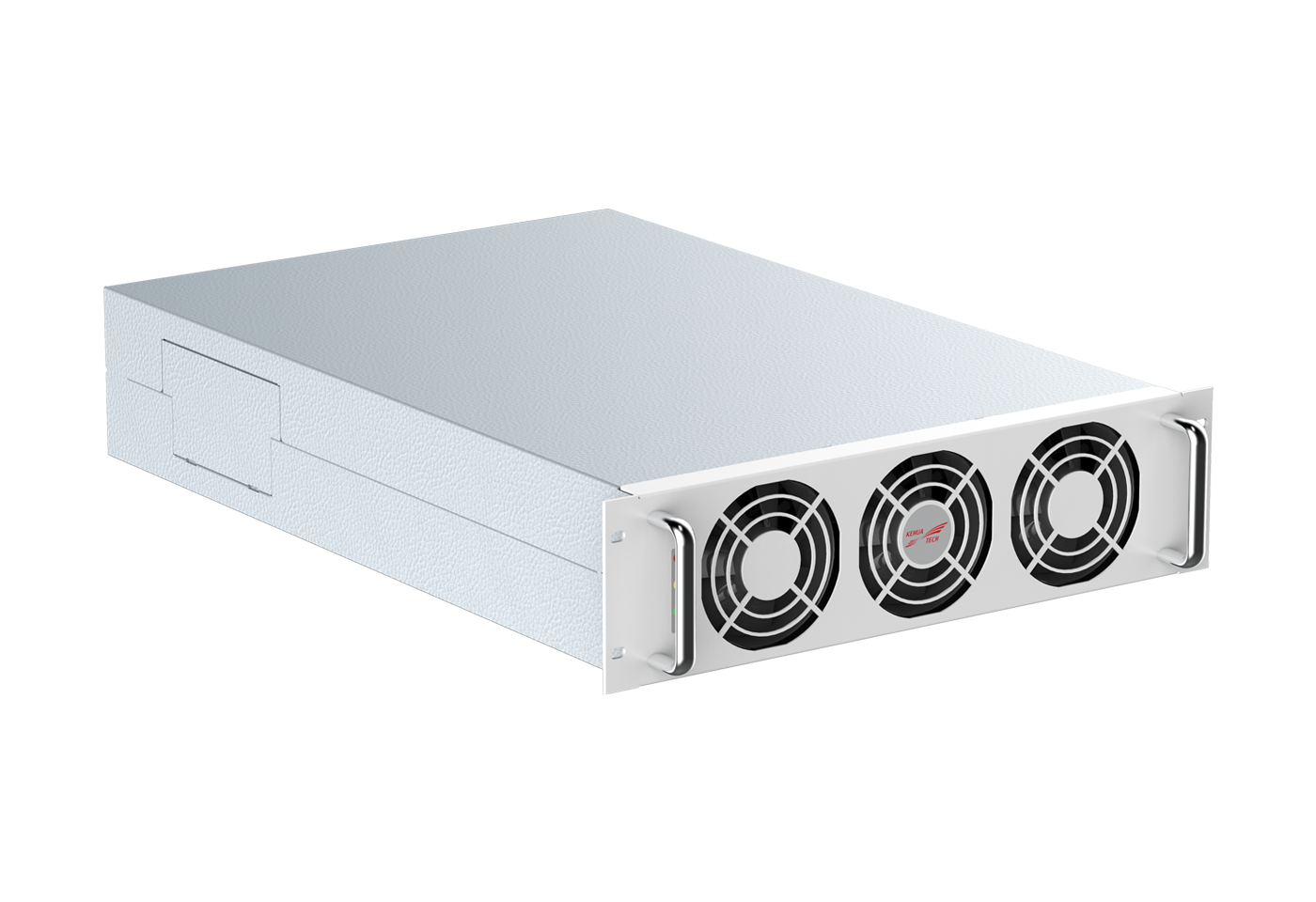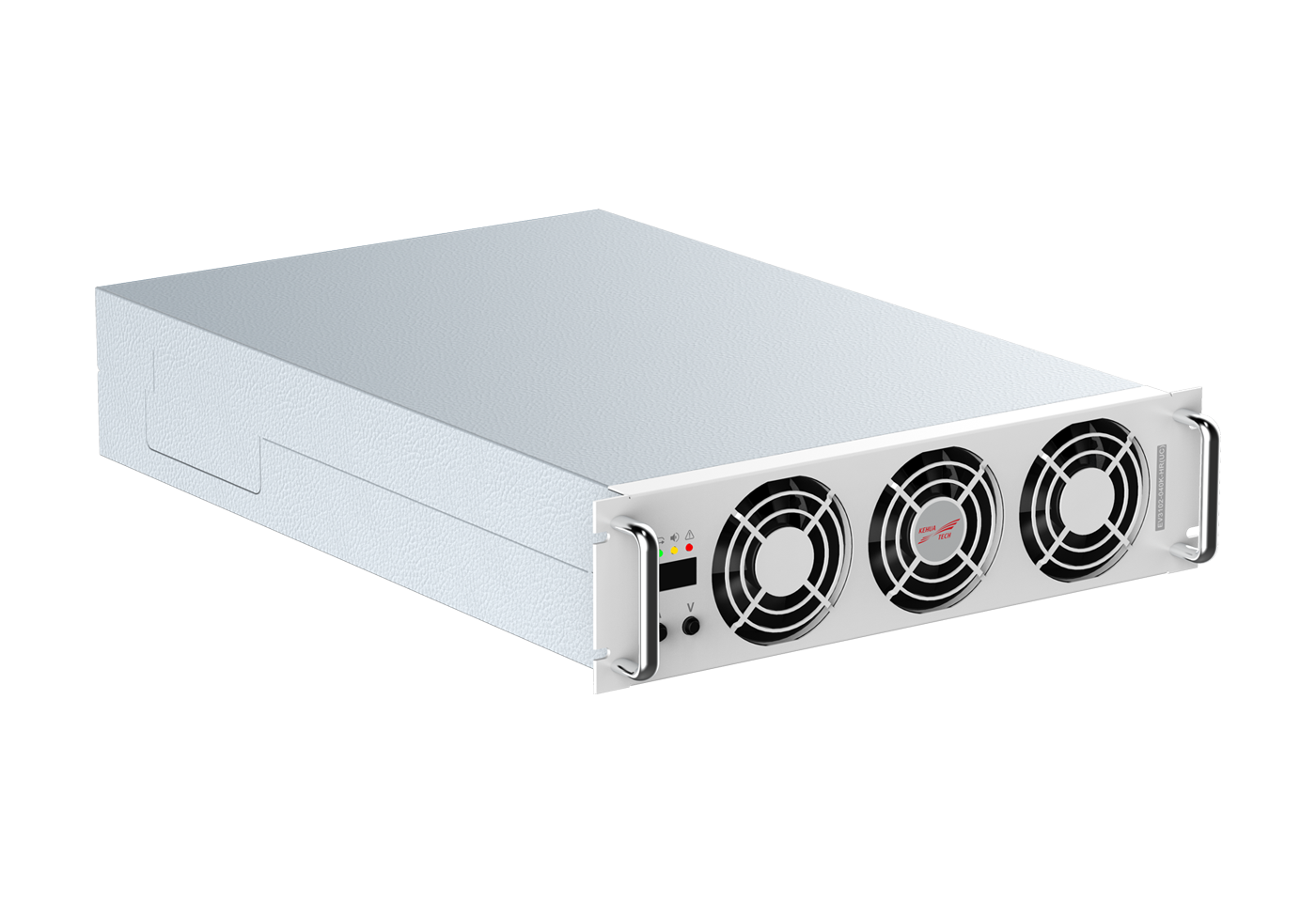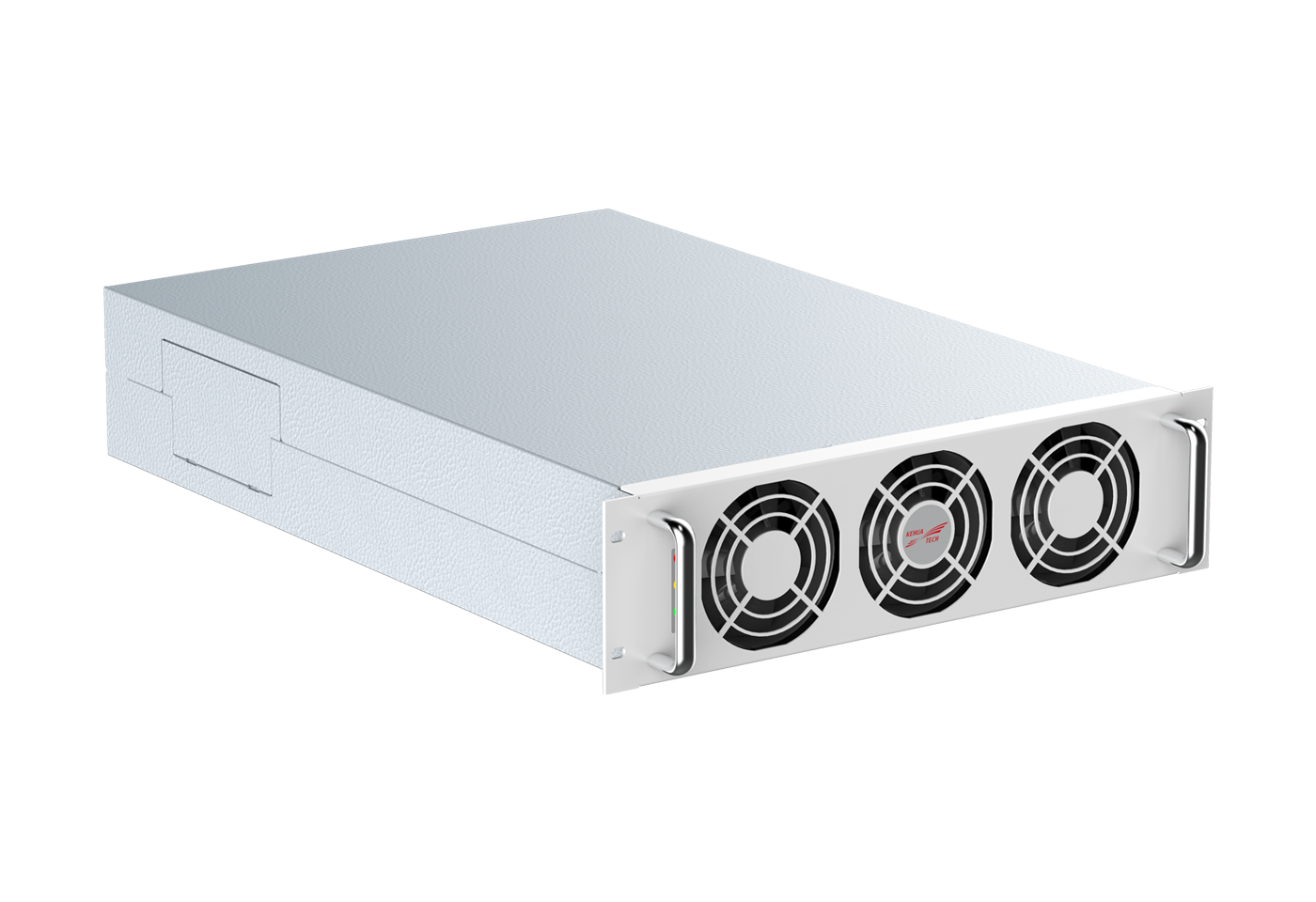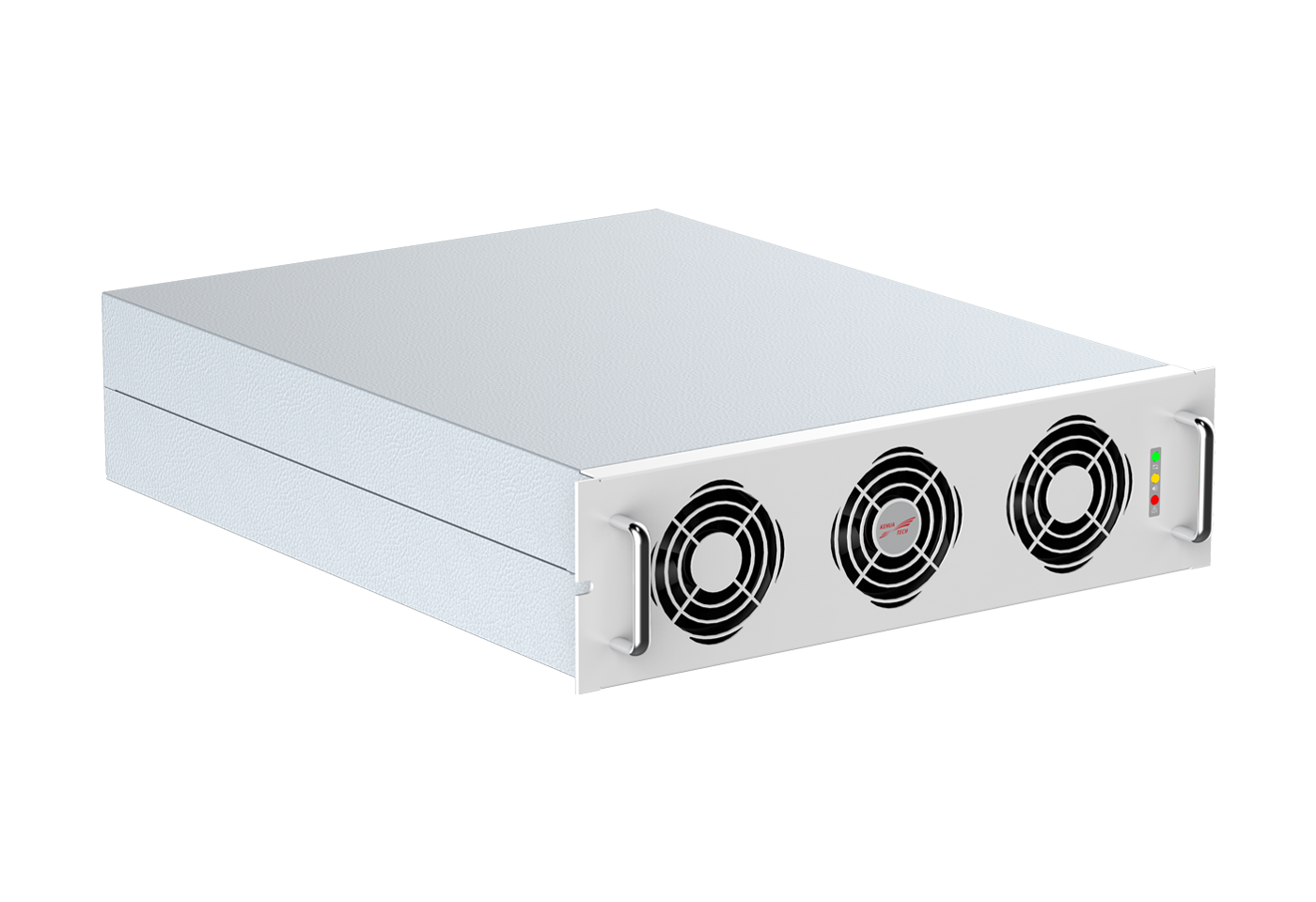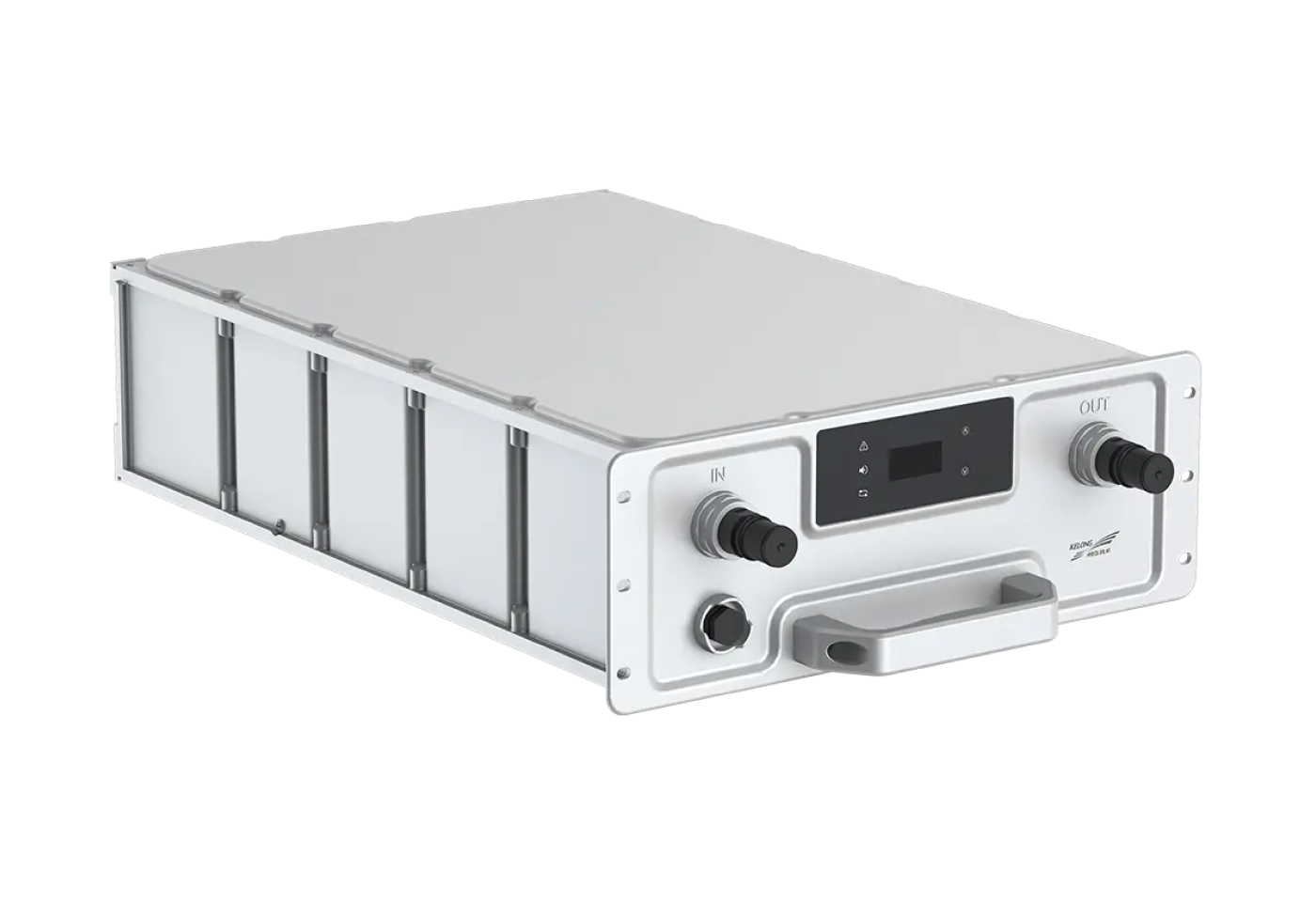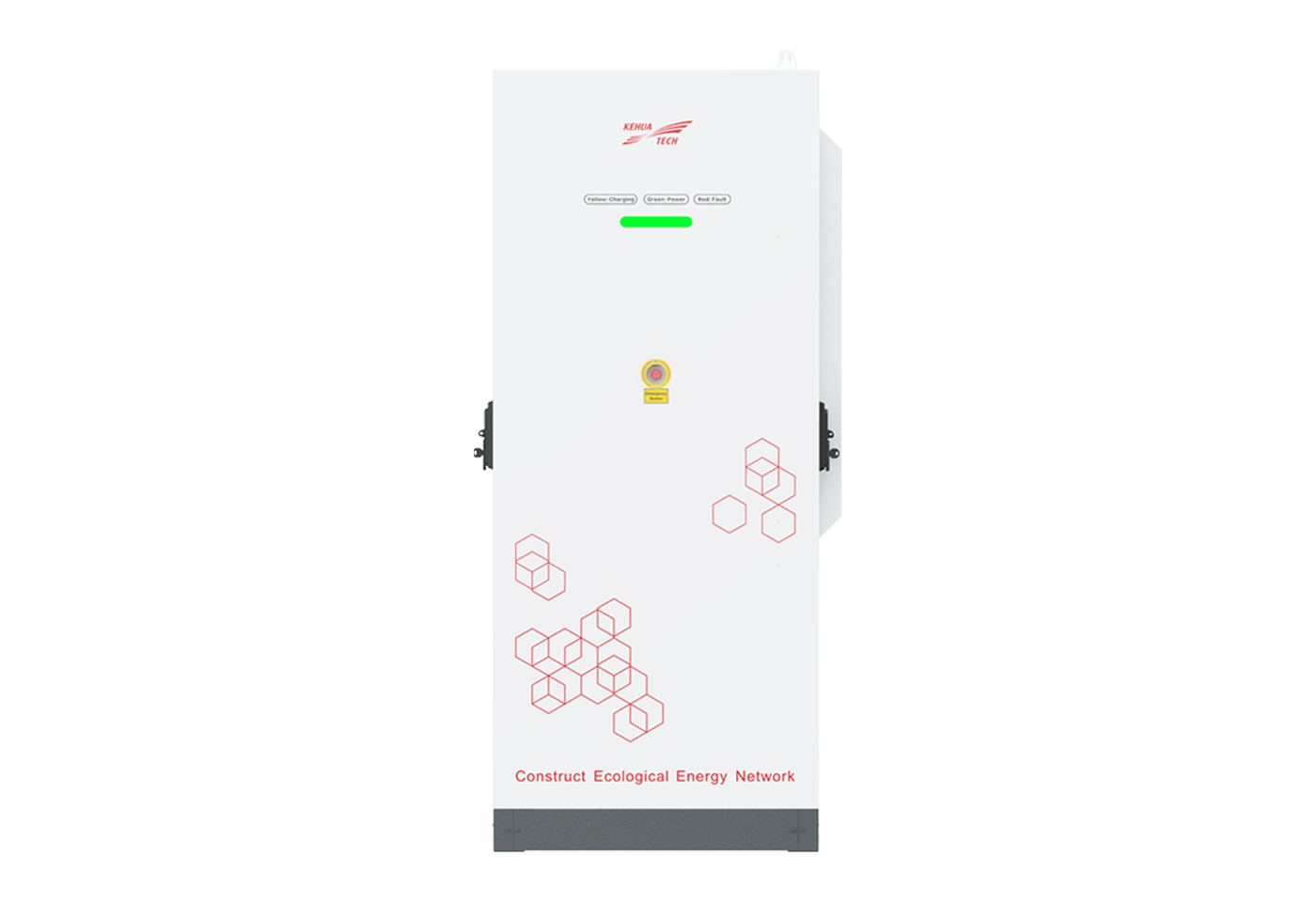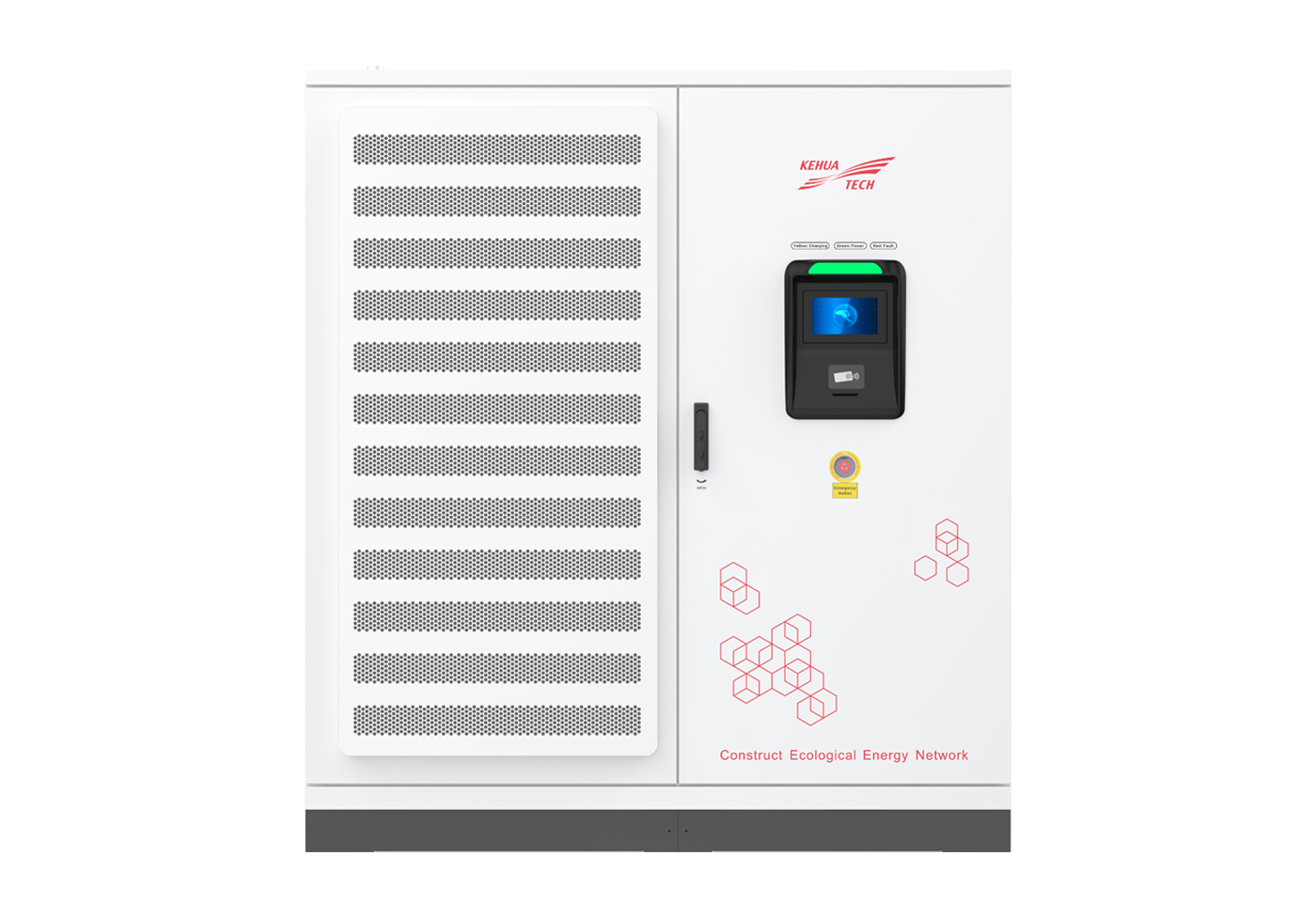The Future of Fleet Charging: Building Efficient and Reliable Charging Infrastructure
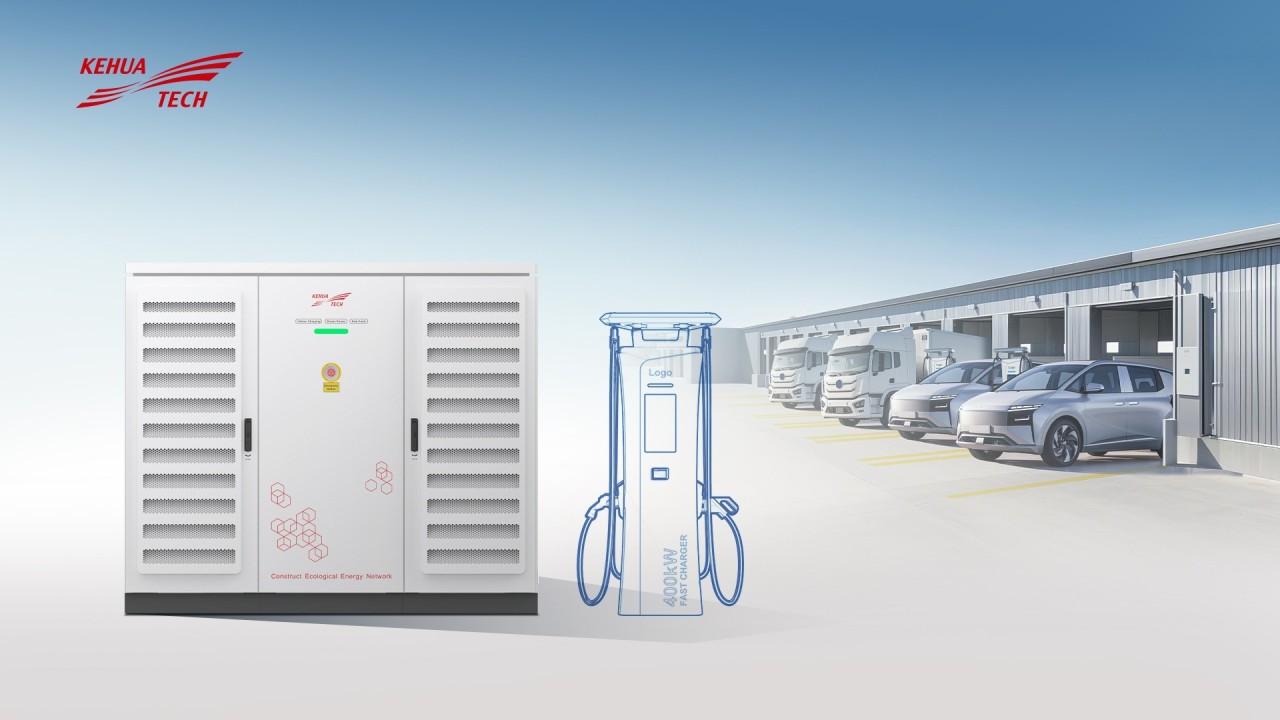
With the rapid advancement of transportation electrification, the demand for fleet charging infrastructure is growing exponentially. Global EV fleets, including buses, logistics vehicles, and ride-hailing services, are expanding at an unprecedented pace. According to IEA projections, the global EV fleet is expected to grow 12 times by 2035 under the Stated Policies Scenario (STEPS).
Global Trends in Fleet Electrification
- Electric Buses: By 2035, electric buses are projected to account for 30% of global bus sales, driving urban sustainability and reducing carbon emissions.
- Electric Trucks: Although electric truck adoption has been slower, stricter emissions regulations in the US and EU are accelerating market growth, with sales expected to increase more than 30 times by 2035.
Policy Support and Industry Drivers
At the national level, regulations in Europe and the US are accelerating electrification:
- European Union: Heavy-duty vehicle emissions standards require a 90% reduction in CO₂ emissions by 2040.
- United States: New heavy-duty vehicle emission regulations aim for up to 60% zero-emission vehicle sales in certain segments by 2032.
At the city level, many regions have implemented zero-emission freight zones, promoting green logistics. Meanwhile, industry initiatives such as EV100+, Drive to Zero, and the European Clean Truck Alliance are expanding their memberships, further driving fleet electrification.
Key Requirements for Fleet Charging Infrastructure
To support large-scale fleet electrification, charging infrastructure must meet several critical requirements:
High Power Output for Faster Charging
Fleet operations require efficient fast charging to minimize downtime and maximize productivity. Charging stations must support 150kW to megawatt-level solutions, making them suitable for electric buses and heavy-duty trucks, ensuring uninterrupted fleet operations.
High Reliability for Continuous Operation
Fleet charging infrastructure needs 24/7 availability, with low failure rates to minimize downtime, reduce maintenance costs, and ensure long-term stable performance.
High Efficiency and Smart Energy Management
Energy efficiency directly impacts operational costs and sustainability. Technologies such as smart load balancing, dynamic power distribution, and grid optimization reduce strain on the grid, improve energy utilization, and optimize charging costs.
Shenzhen Kehua’s High-Efficiency Charging Solutions
To address these fleet charging demands, Shenzhen Kehua introduces its 40kW SiC high-efficiency, high-power, and high-reliability charging module.
This module utilizes silicon carbide (SiC) semiconductor devices, which significantly reduce energy losses, improve power conversion efficiency, and enhance long-term operational stability compared to traditional semiconductor devices. It incorporates soft-switching technology, leveraging SiC semiconductors and low-loss magnetic components to achieve a peak efficiency of 97%.
High-Reliability Design
- Mean Time Between Failures (MTBF): 500,000 hours (at 25°C)
- Mean Time to Repair (MTTR): Only 3 minutes, significantly improving maintenance efficiency
Advanced Protection Mechanisms
The module is equipped with a comprehensive range of protection features, with the following being the most essential:
- Three-phase input voltage imbalance protection
- Over/under-voltage protection
- Over-temperature protection
- Output current limit protection
- Short-circuit protection
- In-place detection protection
These features ensure safe and stable operation across diverse working environments and comply with the latest IEC 61851-23:2023 and UL2202 standards, further enhancing system safety and reliability.
High-Power Power Unit for Fleet Charging Needs
In addition to high-efficiency charging modules, Shenzhen Kehua offers 480/960kW power units tailored for large-scale fleet charging:
- Equipped with 40kW SiC high-efficiency charging modules to enhance overall system performance and lifespan.
- Optimized design using simulation platforms and extensive lab validation ensures system stability and reliability.
- Integrated data monitoring platform for real-time tracking of key components, reducing maintenance costs.
- Full-loop PDU technology for dynamic power distribution, increasing power utilization by nearly 30%.
Engineered for Extreme Environments
To meet diverse operational demands, Shenzhen Kehua's power units utilize high-protection charging modules, supporting:
- -40°C to 75°C wide temperature operation for extreme climates
- IP54 protection rating for dust and water resistance
- Automotive-grade conformal coating on circuit boards to protect against humidity, salt fog, and other harsh environmental factors, ensuring long-term reliability
As fleet electrification accelerates, efficiency, reliability, and intelligent energy management are crucial for sustainable charging infrastructure. Shenzhen Kehua, with its SiC-based high-efficiency charging modules, high-power power units, and intelligent energy solutions, is committed to providing stable, efficient, and scalable fleet charging solutions—driving the future of electrification forward.

